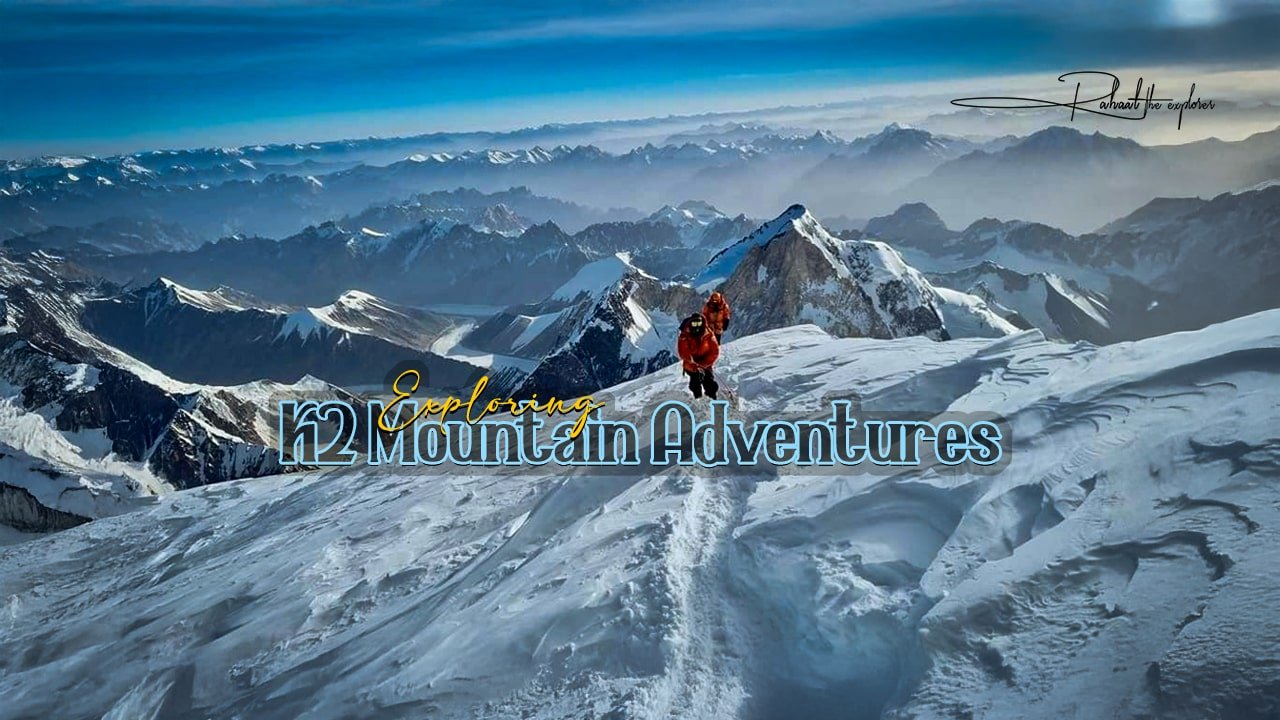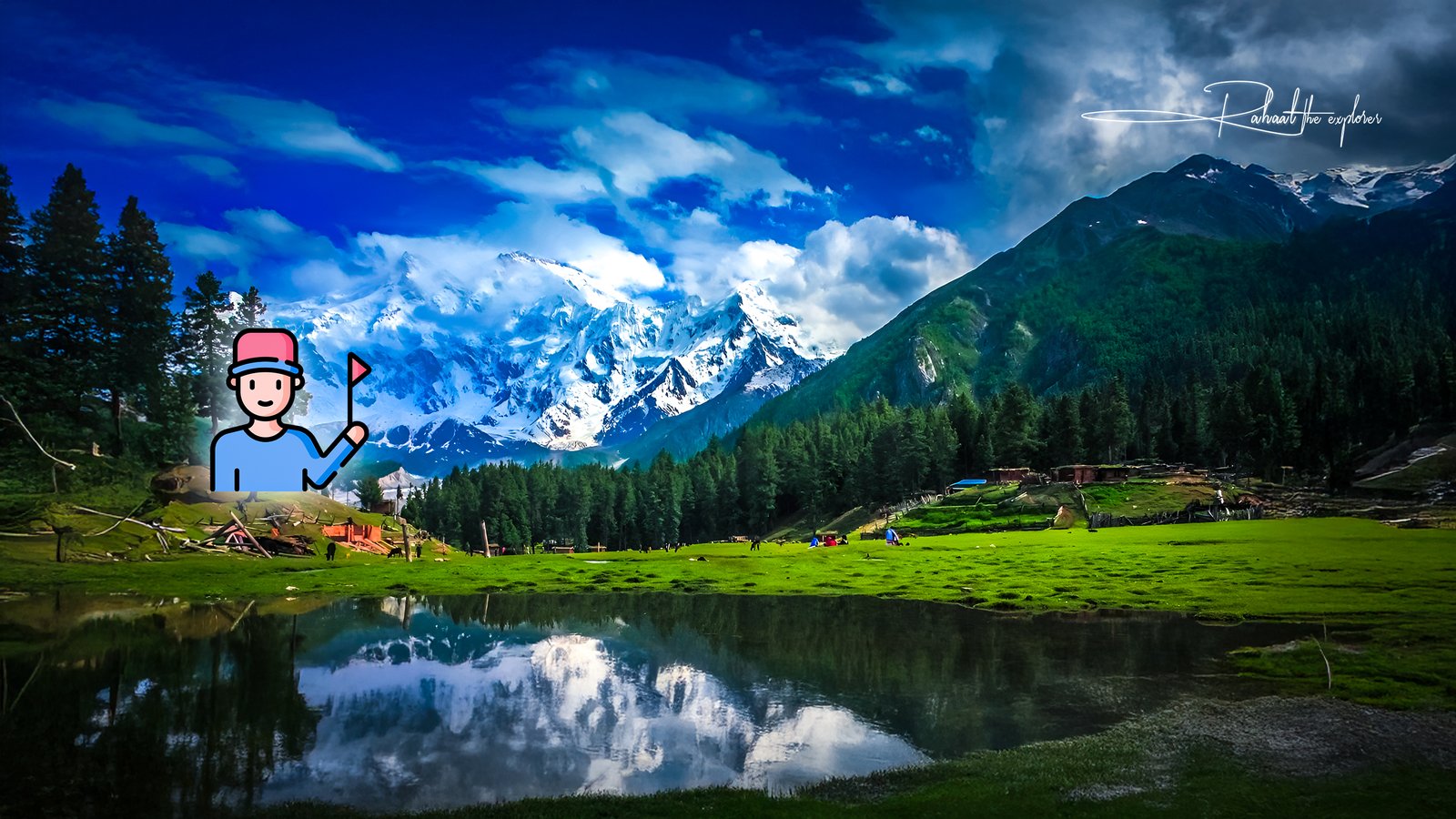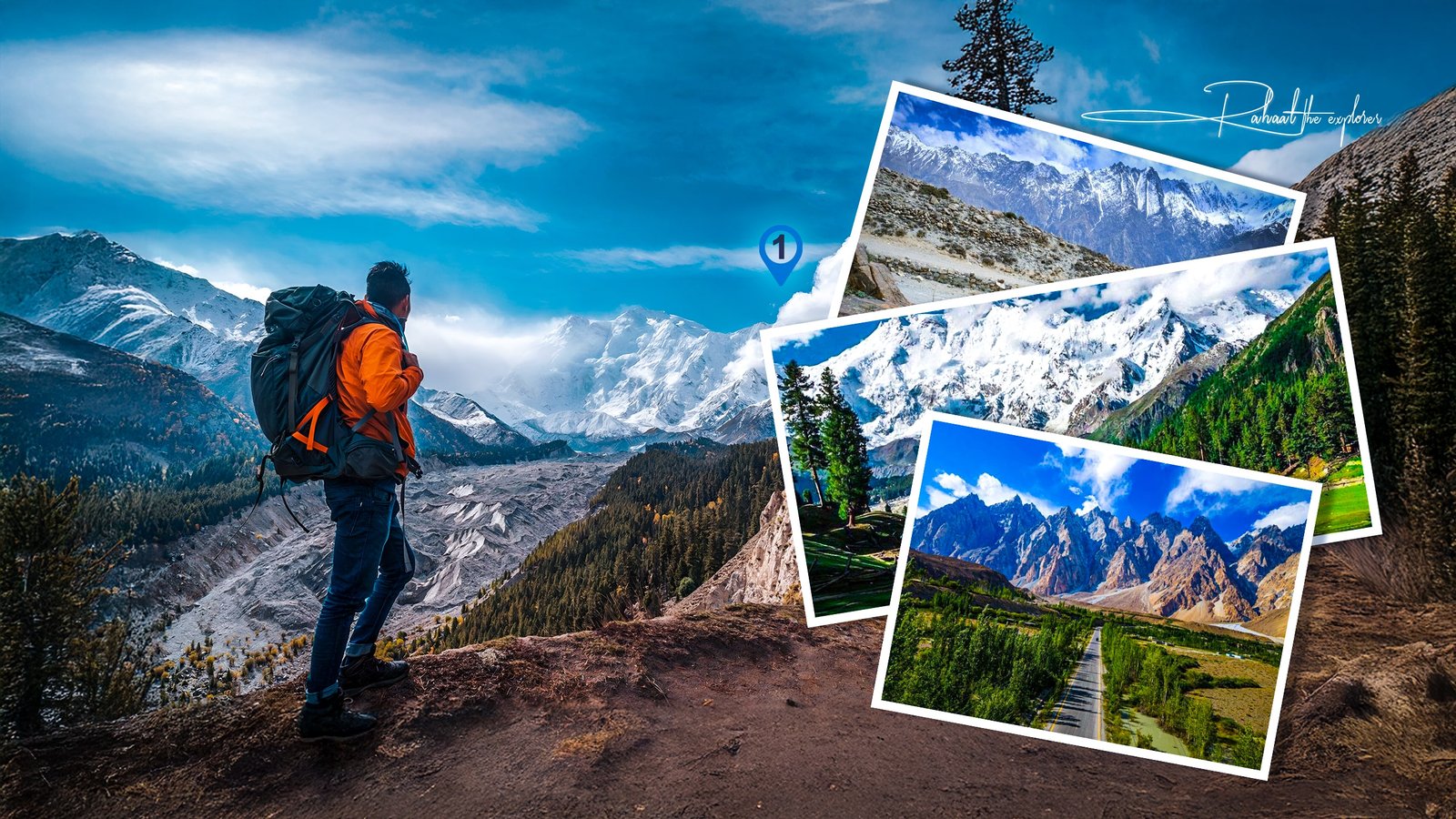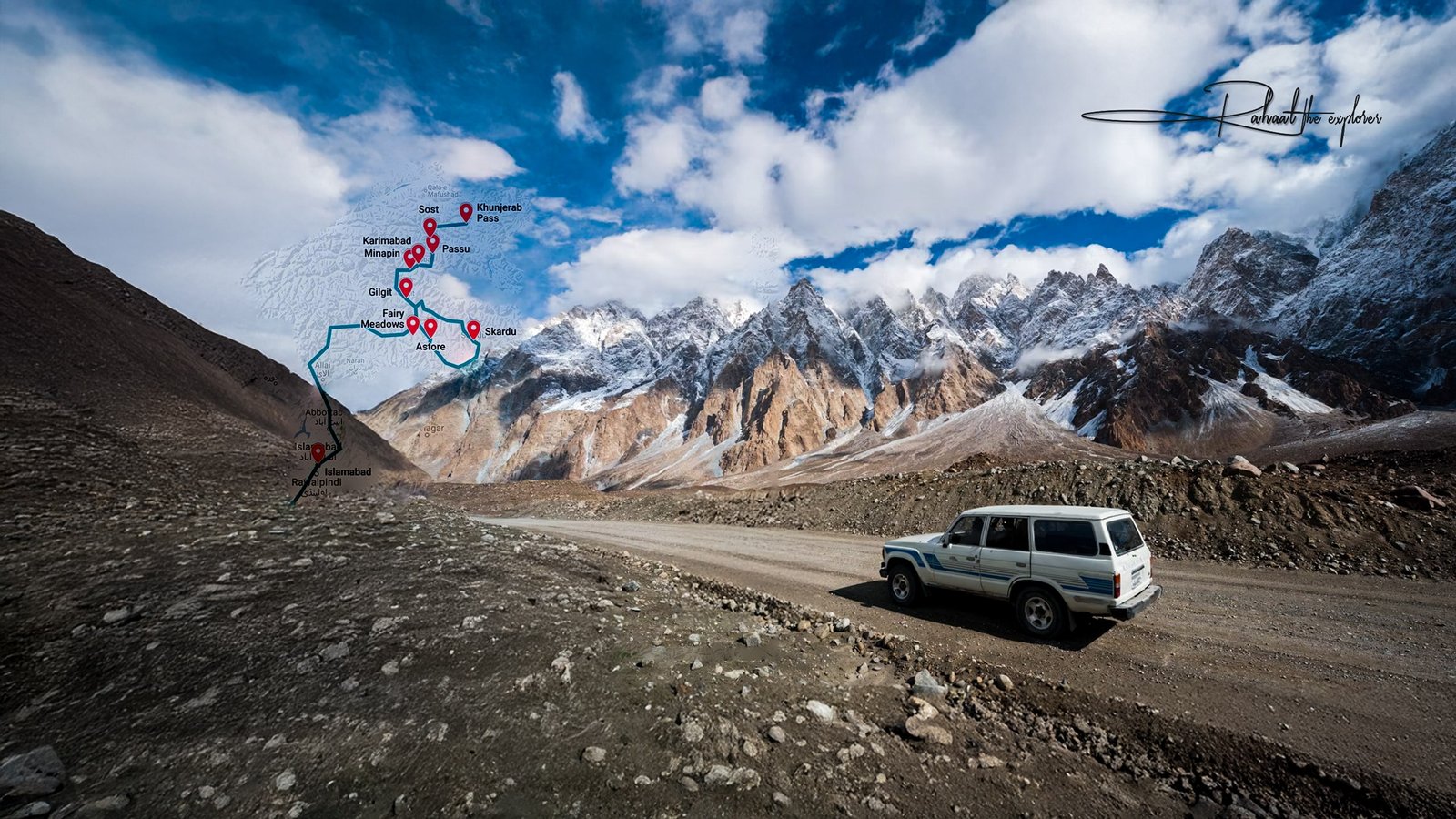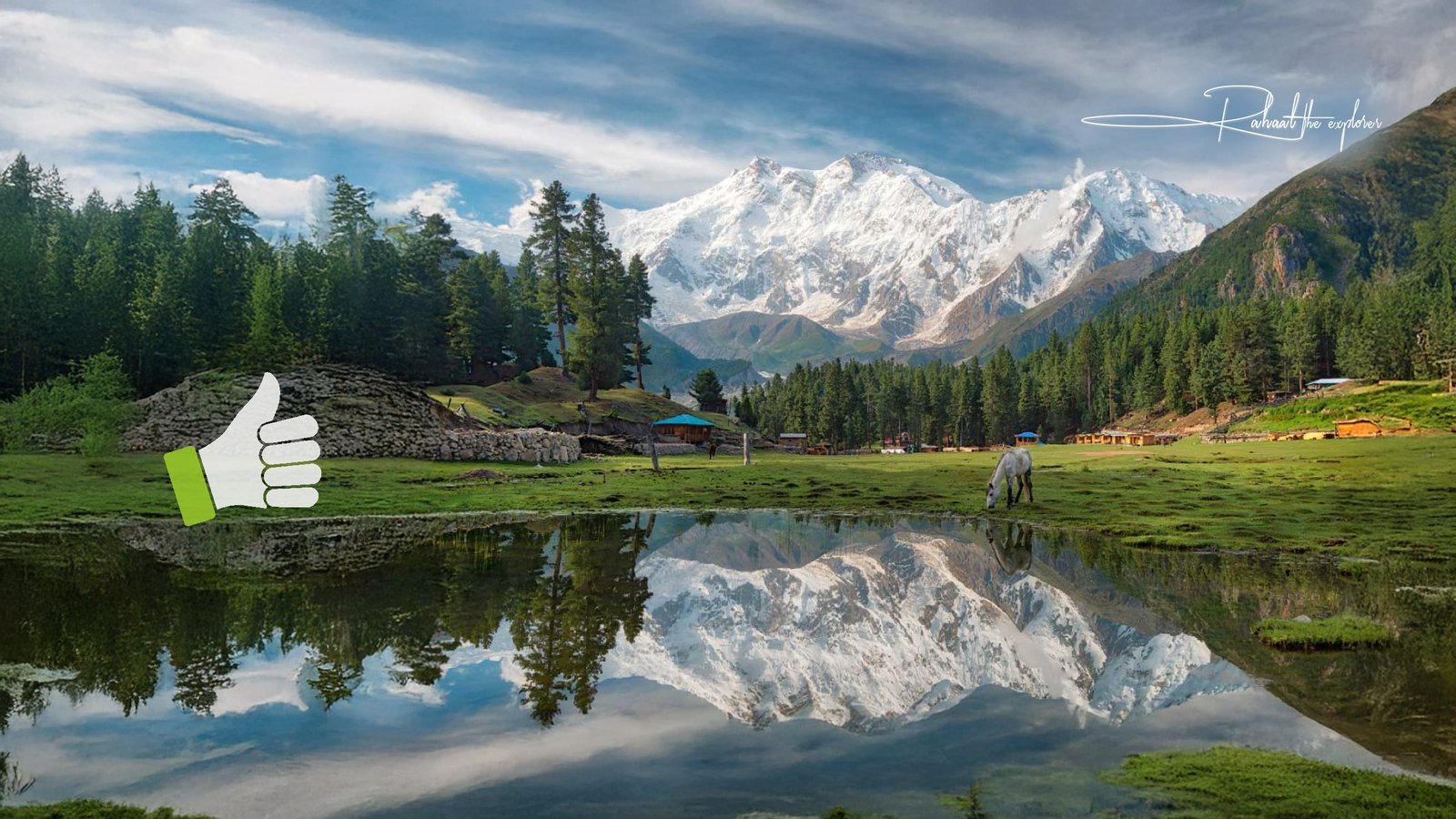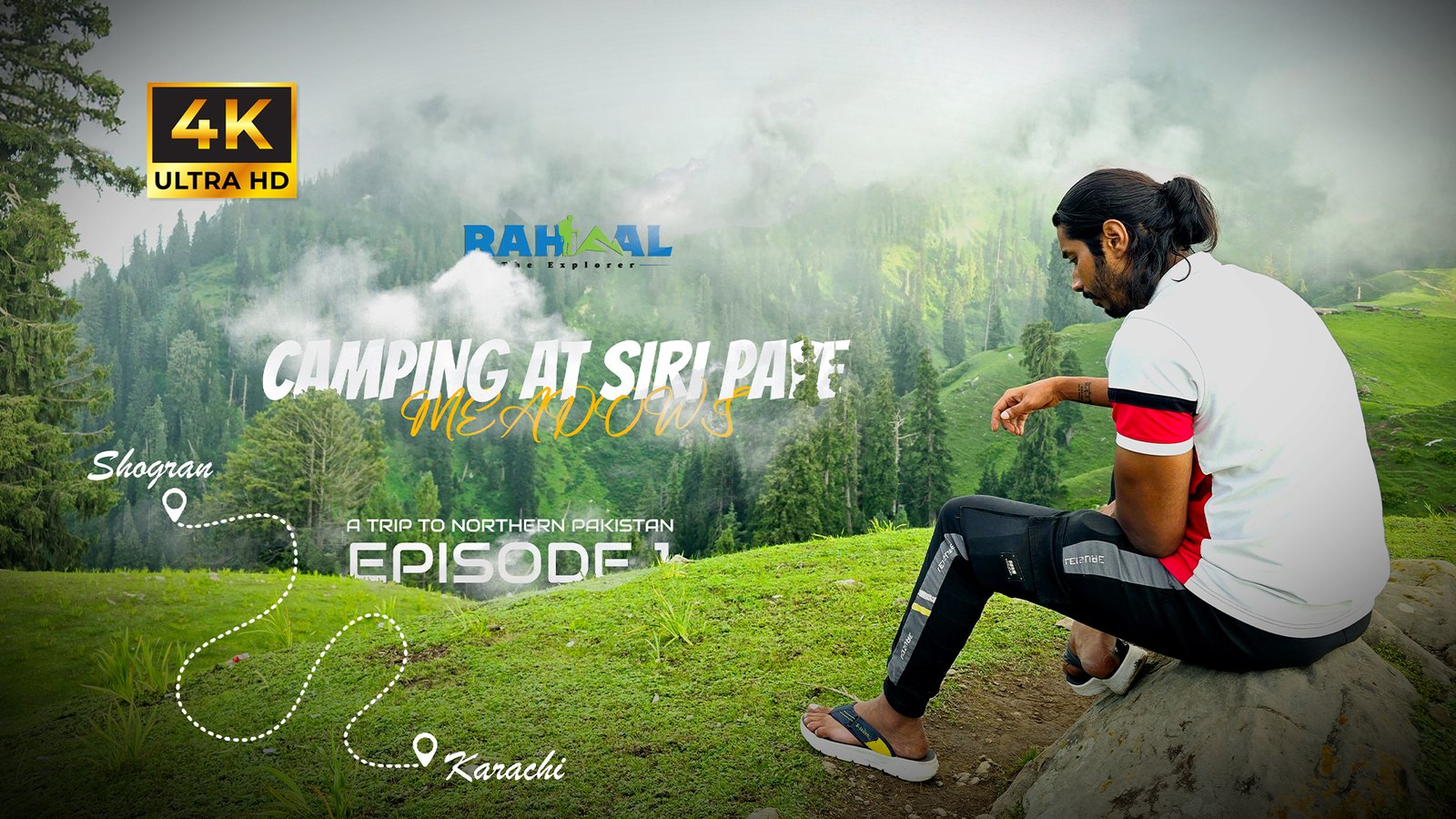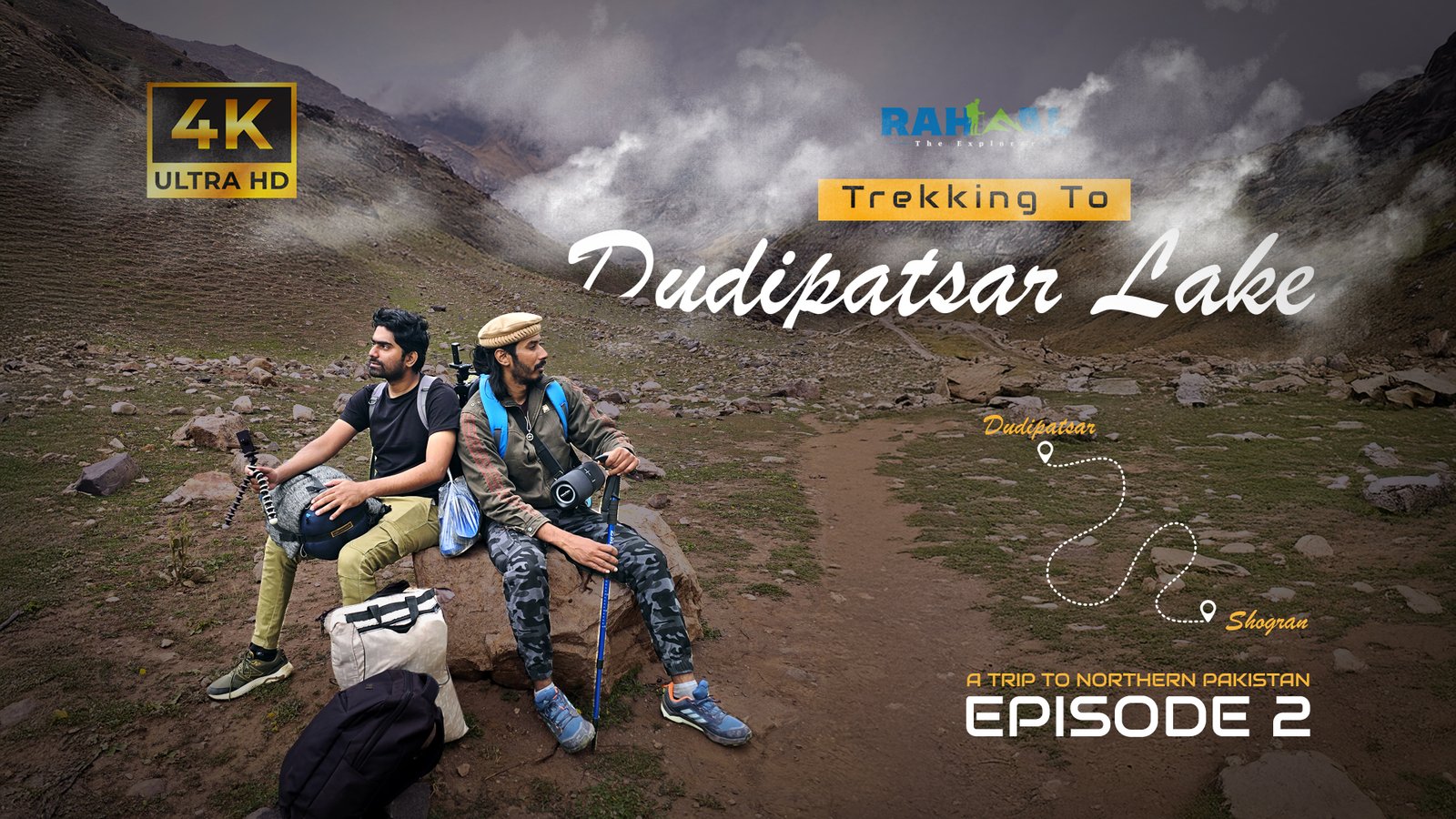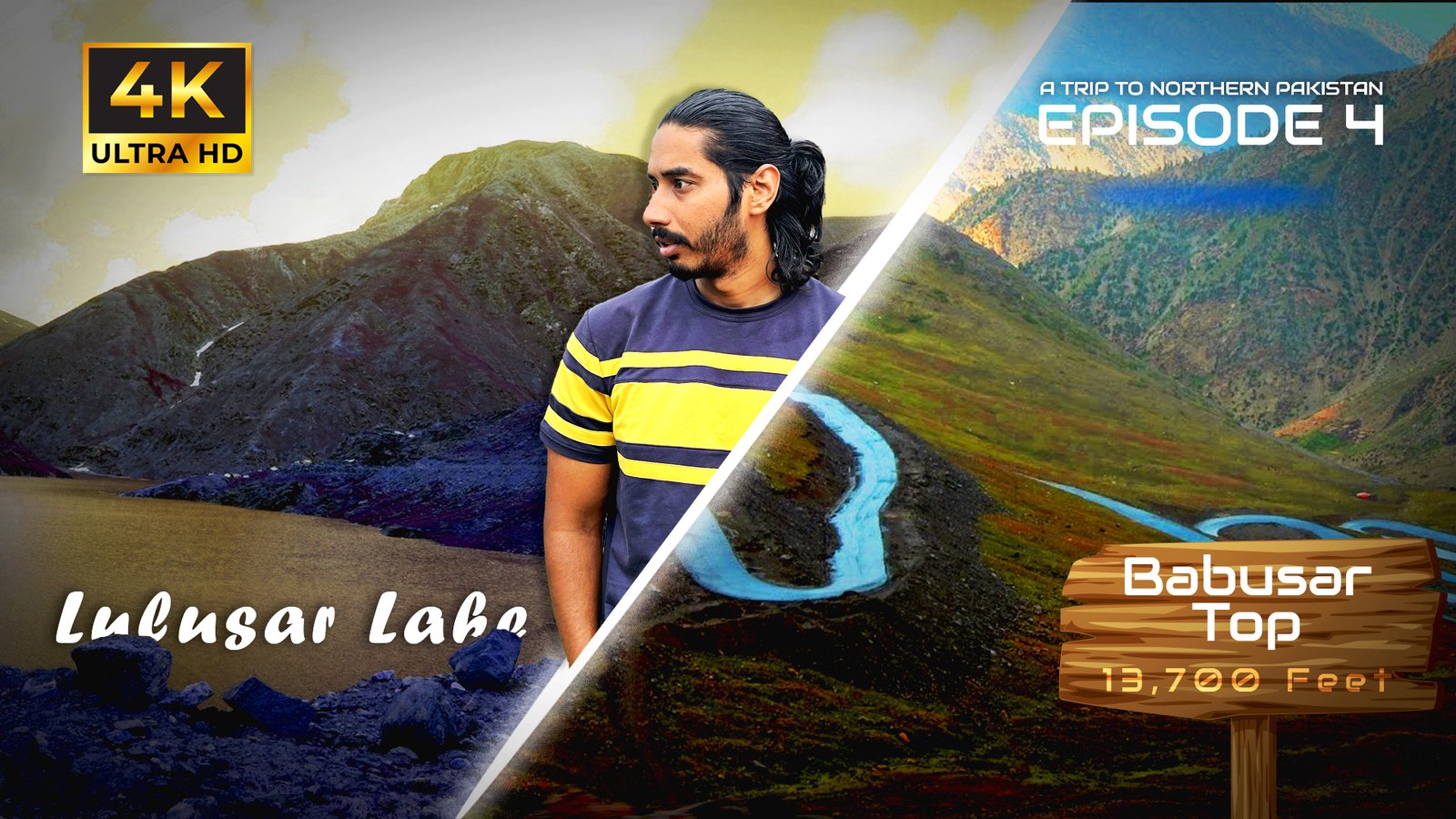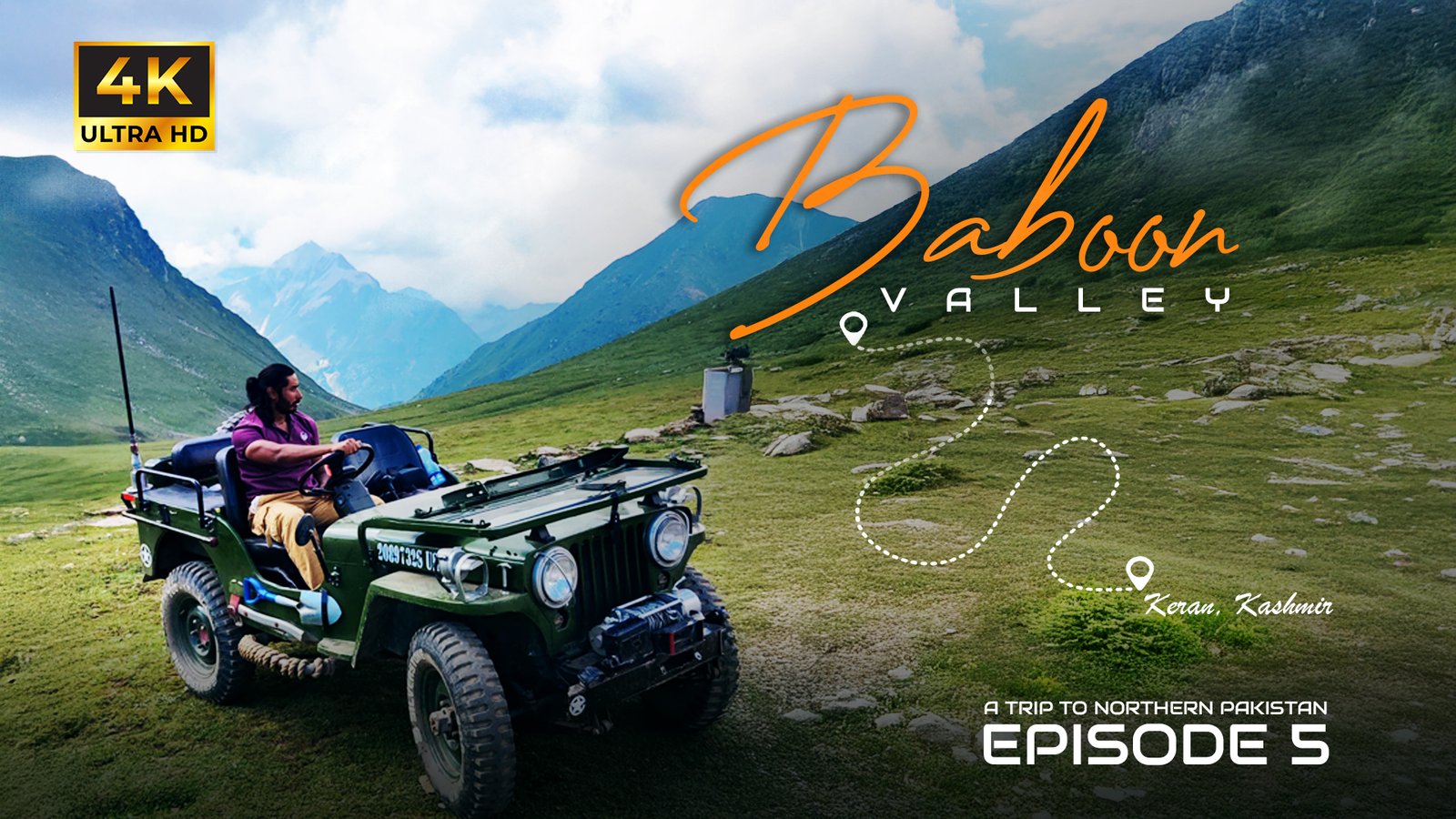Nestled in the heart of the Karakoram Range, K2 Mountain stands as one of the world’s most breathtaking yet formidable peaks. Known as the “Savage Mountain,” K2 is both a dream and a challenge for mountaineers around the globe. At 8,611 meters (28,251 feet), it is the second-highest mountain on Earth, surpassed only by Mount Everest.
Yet unlike Everest, K2 offers no easy route to the top. Its steep faces, unpredictable weather, and remote location make it one of the toughest climbs in the world — a true test of human endurance, courage, and skill. For adventurers, explorers, and travel enthusiasts, K2 Mountain represents the ultimate destination for raw natural beauty and unmatched adventure.
In this complete guide, we’ll explore the geography, climbing routes, history, culture, and travel tips for visiting K2 — one of the most awe-inspiring places on Earth.
1. Introduction to K2 Mountain
K2 is located in the Gilgit-Baltistan region of Pakistan, near the border with China. It is part of the Karakoram Range, which spans the regions of Pakistan, India, and China. The name “K2” originates from the Great Trigonometrical Survey of British India (1856), where it was the second peak measured in the Karakoram Range — hence the abbreviation “K2.”
Locally, K2 is known by several names:
- Chhogori (Balti): “King of Mountains”
- Mount Godwin-Austen: Named after Henry Godwin-Austen, a British surveyor who first mapped the area
Despite its intimidating reputation, K2 captivates travelers not just for its height, but for its wild, untouched beauty — sheer rock faces, deep glaciers, and panoramic views that few other places on Earth can rival.
2. Geography and Climate
K2 lies within the Baltoro Glacier region, one of the most stunning mountain landscapes in the world. The peak rises sharply above the surrounding terrain, its icy slopes and ridges cutting through the clouds.
Location Overview:
- Coordinates: 35°52′57″N 76°30′48″E
- Mountain Range: Karakoram
- Country: Pakistan (Gilgit-Baltistan)
- Elevation: 8,611 meters (28,251 feet)
The Karakoram Range contains some of the world’s highest peaks — including four of the world’s fourteen 8,000-meter mountains (K2, Broad Peak, Gasherbrum I, and Gasherbrum II).
Climate Conditions
K2 is notorious for its extreme weather conditions.
- Winter temperatures can drop below -40°C (-40°F).
- High winds exceeding 200 km/h often sweep across the summit.
- Unpredictable storms make climbing windows short and dangerous.
This is why K2 is often called the “Savage Mountain” — nearly one out of every four climbers attempting the summit has lost their life.
3. A Brief History of K2 Exploration
The story of K2 is filled with both triumph and tragedy.
Early Exploration
- The first survey was conducted in 1856 by British surveyors T.G. Montgomerie and Henry Godwin-Austen.
- In 1902, the first expedition to K2 was launched by Oscar Eckenstein and Aleister Crowley — it failed due to poor weather and inadequate equipment.
First Successful Ascent
- In 1954, Italian climbers Lino Lacedelli and Achille Compagnoni became the first to reach K2’s summit, via the Abruzzi Spur route.
- Since then, K2 has seen numerous ascents — but it remains one of the least climbed of the 8,000-meter peaks.
Notable Records
- First Woman: Wanda Rutkiewicz (Poland, 1986)
- First Winter Ascent: January 16, 2021, by a Nepalese team led by Nirmal Purja and Mingma Gyalje Sherpa — a historic moment in mountaineering.
The bravery and endurance shown on K2 have made it one of the greatest symbols of human determination in the natural world.
4. Trekking to K2 Base Camp
While climbing K2 itself is for elite mountaineers, the K2 Base Camp Trek is an achievable adventure for experienced trekkers. It offers one of the most scenic and challenging trekking routes in the world.
Route Overview
- Starting Point: Skardu (accessible by flight or road from Islamabad)
- Trek Duration: 12–20 days round trip
- Distance: Approximately 160 kilometers (100 miles)
- Highest Point: Concordia — the meeting point of the Baltoro and Godwin-Austen glaciers
Major Highlights Along the Route
- Skardu: The gateway to the Karakoram Range.
- Askole Village: The last inhabited settlement before the wilderness.
- Baltoro Glacier: One of the world’s longest outside the polar regions.
- Concordia: Known as “The Throne Room of the Mountain Gods,” offering views of K2, Broad Peak, and Gasherbrum.
- K2 Base Camp (5,150 m): The ultimate destination, providing breathtaking views of the mountain.
Trek Difficulty
The trek is moderate to challenging, involving long walking days, rocky terrain, and glacier crossings. It requires physical fitness and basic high-altitude trekking experience.
5. Climbing Routes and Challenges
Climbing K2 is among the most dangerous pursuits in mountaineering. The steep terrain, unpredictable weather, and technical ice sections make it significantly harder than Everest.
Main Climbing Routes
1. Abruzzi Spur (Southeast Ridge)
- The most popular and historically significant route.
- Features key points such as House’s Chimney and the Shoulder.
2. North Ridge (China Side)
- Steeper and more isolated, offering fewer rescue options.
3. Cesen Route (Basque Route)
- Slightly less technical but merges with Abruzzi Spur higher up.
4. Magic Line and Polish Route
- Extremely difficult, rarely attempted.
Why K2 is So Difficult
- Unpredictable weather: Storms can arrive suddenly and trap climbers for days.
- Technical terrain: Nearly every section involves rock, ice, or mixed climbing.
- Avalanches and rockfall: Common hazards due to steep slopes.
- High fatality rate: Historically around 25%, among the highest for 8,000-meter peaks.
K2 demands exceptional skill, physical conditioning, and mental resilience — even for the world’s best climbers.
6. The Beauty Surrounding K2
Beyond the mountain itself, the Karakoram region is one of the world’s most beautiful wilderness areas.
Scenic Highlights
- Concordia: A natural amphitheater of towering peaks.
- Baltoro Glacier: A surreal landscape of ice towers and moraine fields.
- Trango Towers: Dramatic granite spires popular with rock climbers.
- Broad Peak and Gasherbrum Range: Offering equally stunning views.
The region is also home to the Central Karakoram National Park, a UNESCO World Heritage Site candidate that preserves its fragile alpine ecosystem.
7. Culture and People of the Region
The area surrounding K2 is part of Baltistan, a region with a rich cultural heritage influenced by Tibetan and Islamic traditions.
Local Culture
- The Balti people are known for their hospitality and deep respect for the mountains.
- Balti cuisine includes dishes like mamtu (dumplings) and thukpa (noodle soup).
- Local guides and porters play a crucial role in supporting expeditions and trekkers.
Traveling here also offers a cultural experience — staying in mountain villages, sharing meals with locals, and learning about their way of life in one of the world’s most remote environments.
8. Travel Tips for Visiting K2
Best Time to Visit
- Trekking Season: June to September
- Climbing Season: July to August (short window with stable weather)
Permits and Regulations
Visitors must obtain:
- NOC (No Objection Certificate) for restricted zones
- Trekking permit (via licensed Pakistani tour operator)
Getting There
- Fly to Islamabad, Pakistan.
- Domestic flight to Skardu (or long drive via Karakoram Highway).
- From Skardu, travel by jeep to Askole, the last village before the trek.
Accommodation
- In Skardu: Guesthouses and hotels available.
- During trek: Camping only; all supplies carried by porters and mules.
Health and Safety
- Acclimatize properly to prevent altitude sickness.
- Travel with certified trekking agencies.
- Ensure proper travel insurance covering high-altitude trekking.
9. Responsible and Sustainable Adventure
As one of Earth’s most fragile mountain ecosystems, the Karakoram demands responsible travel practices.
- Leave no trace: Pack out all waste.
- Support local guides: Choose licensed tour operators employing Balti staff.
- Respect culture and customs.
- Avoid littering glaciers or rivers.
Eco-conscious tourism helps preserve this remote paradise for future generations.
10. Photography and Filming Tips
The K2 Mountain region offers awe-inspiring photographic opportunities: towering ice walls, star-filled skies, and ancient glaciers.
Photography Tips
- Golden Hour: Early morning and late afternoon provide the best light.
- Use Polarizing Filters: To capture contrast between blue skies and white snow.
- Drone Photography: Allowed in most areas with permission — but respect local privacy.
- Battery Management: Cold temperatures drain batteries quickly — carry spares.
K2’s grandeur and isolation make it a dream for travel photographers.
11. Fascinating Facts About K2 Mountain
- K2 has never been summited in winter until 2021.
- It’s nicknamed “The Savage Mountain” for its deadly conditions.
- K2 is steeper than Everest from base to summit.
- The first winter ascent was completed without supplemental oxygen.
- It straddles the Pakistan-China border but is most accessible from Pakistan.
- K2 has fewer than 500 successful summits in history — compared to over 6,000 for Everest.
Frequently Asked Questions (FAQs)
1. Where is K2 Mountain located?
K2 is located in the Karakoram Range in Gilgit-Baltistan, Pakistan, near the border with China.
2. How high is K2 Mountain?
K2 stands at 8,611 meters (28,251 feet) — the second-highest mountain in the world.
3. Why is it called K2?
The name “K2” comes from the Great Trigonometrical Survey of India, where it was the second peak (Karakoram 2) measured in the Karakoram Range.
4. Can tourists visit K2?
Yes, tourists can trek to K2 Base Camp without attempting the climb. The trek is challenging but non-technical.
5. What makes K2 difficult to climb?
K2’s steep slopes, technical ice sections, and unpredictable weather make it one of the most dangerous mountains to climb.
6. What is the best time to visit K2?
The best time for trekking is June to September, while the climbing window is usually July to August.
7. Is it safe to visit the K2 region?
Yes, the Gilgit-Baltistan region is generally safe for tourists, provided you travel with a registered trekking agency.
Conclusion: The Spirit of K2
K2 Mountain is not just a peak — it’s a symbol of adventure, resilience, and the untamed power of nature. Whether you’re an experienced climber seeking the world’s ultimate challenge or a passionate traveler exploring the base camp, K2 offers an experience that changes the way you see the world.
The raw beauty of the Karakoram Range, the warmth of the Balti people, and the humbling scale of K2 itself make this destination one of the last frontiers of true exploration.
For those who dream of adventure beyond the ordinary, K2 Mountain isn’t just a destination — it’s a calling.


